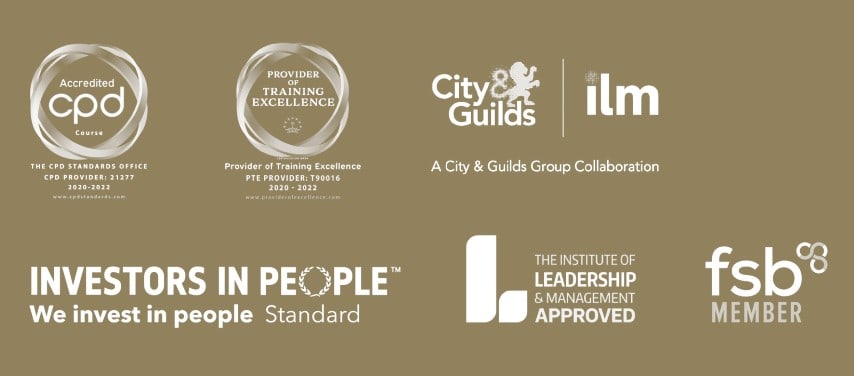
We all know how important first impressions are. But did you know that you only have a 7-second window to make a positive impact when you first meet someone? To put it bluntly, there is no room for error if you want to make a brilliant impression in an interview, business meeting or client presentation.
Meeting new people can be overwhelming and daunting at the best of times and knowing you only have a few seconds to win them over is enough to send many of us into a tailspin of anxiety. But the good news is that you can learn to master the skills that power your presence in those crucial first seconds.
Before we delve into the seven steps to making a great first impression, let us make one thing clear: making a good impression doesn’t mean changing who you are or pretending to be someone else. It means showing your very best, authentic self whenever you meet someone for the first time. A key part of creating a good impression is making other people feel good and at ease in your presence. According to Dorie Clark, author of Reinventing You: Define Your Brand, Imagine Your Future: “The better you make the other person feel, the more they’ll be inclined to have a positive impression of you.”
Here are some important tools to help you maximise your first impact and ensure that you are remembered in the right way:
A genuine smile is one of the most attractive features a person can have. It can literally light up a room by creating a positive atmosphere and making those in your presence feel welcome and at ease. Even in these days of mask wearing a smile that reaches your eyes is a key part of your first impression and will convey warmth, kindness and empathy.
Research shows that smiling with your eyes as well as your mouth can help you come across as sincere and trustworthy. To master the ‘Duchenne’ smile which most of us recognise as an authentic expression of happiness, think of something that fills you with joy and smile fully until you can feel the muscles around your eyes tightening.
Making eye contact when you meet someone for the first time is fundamental. Casting your eyes around the room is rude and gives the impression that you are trying to find somebody more interesting to talk to. Staring at the ground makes you seem unsure of yourself, while moving your gaze up and down the other person’s body can some across as judgmental.
Balance is key when it comes to eye contact and you want to avoid staring fixedly at the other person. At The British School of Etiquette we recommend using the ‘triangle technique’ where you draw an imaginary inverted triangle around the other person’s eyes and mouth. During the conversation, you can then move your gaze from one point of the triangle to another every 5-10 seconds. This will make you look interested and engaged in the topic being discussed.
Up until March last year the handshake was a key part of the Meeting and Greeting module in our etiquette courses. At the moment it is hard to envisage a return to tactile forms of greeting, which has left people the world over scrambling for a socially acceptable and non-awkward alternative to the handshake.
Our Principal Philip Sykes recommends adopting the hand on heart gesture or the Indian salutation ‘Namaste’ (with the palms pressed together near the chest) to greet one another from a safe distance. In less formal situations, a smile and a friendly wave or raised hand should suffice.
It may seem unfair but the reality is that we all judge one another on physical appearance. Regardless of your size, shape or age, taking care of your physical appearance and wearing clothes that are appropriate for the situation will go a long way towards creating a good first impression.
A person’s choice of clothing is a powerful communication tool when meeting new people for the first time. The good news is that even minor changes can skew the odds of making a positive impression in your favour. These include adjusting the formality of your outfit to the occasion, wearing colours that suit you and choosing your accessories carefully.
Personal grooming and hygiene also play an important role in our overall appearance, so don’t forget to pay attention to your teeth, hair (including facial hair), hands and fingernails.
What you don’t say can speak volumes. We don’t just communicate through our words. Our facial expressions, hand gestures and posture also send strong messages whenever we interact with other people.
Research suggests that as much as 60-70% of meaning in human communication is derived from non-verbal behaviour. Despite this, many people don’t give much thought to their body language and are unaware of sending confusing or negative signals.
Being mindful about your body language will help you adjust it to set the stage for making a great first impression. Whenever you meet someone new, keep these tips in mind:
Being punctual shows respect and courtesy for other people. When you turn up late – whether it is for a date, business meeting or family gathering – is sends the message to others that your time is more important than theirs.
We all know that person who just can’t seem to be on time for anything. Perhaps you, yourself, struggle with punctuality and chronic lateness. Taking steps to improve your timekeeping will bring multifold benefits to your personal and professional life.
Here are some quick tips to improve your punctuality:
Having a positive attitude is an essential part of making a good first impression. No matter how groomed and well-dressed you are, your outward appearance cannot compensate for the negative impression a bad attitude can make.
Projecting a positive attitude is not always easy, especially in situations, such as an interview, when you are probably feeling very nervous. Making sure that you focus on the other person and giving them your full attention will go a long way towards creating a warm and trustworthy impression.
You can also enhance their perception of you by relaxing your facial muscles, smiling and making eye contact long enough to notice the colour of their eyes. If you are having a hard time adjusting your attitude, think back to a time when you felt happy, enthusiastic or grateful and let those feelings move your mind into a better place.
In the longer run, you can create a positive attitude by training your mind to see the silver lining in challenging situations, surrounding yourself with positive people, keeping a gratitude journal or practicing mindfulness.
Share This Page, Choose Your Platform
New Release
Crushing Etiquette
"Excellent book, extremely well written and top content, very informative and relevant to all in all walks of life and business and professionals globally that want to advance in their careers and businesses at any stage and increase their professional impact and potential."
R G Goodier
New Release
Around the World
with Etiquette
This expert-written handbook distills essential country-by-country etiquette – from table manners and business protocols to wedding customs – so travellers, expats, and global professionals can avoid faux pas and make a polished impression abroad.
The British School of Excellence is the #1 industry leading organisation in etiquette, manners, life skills and service training.
The British School of Excellence is a certified Disability Confident Employer.
We believe that we are the best at what we do, but don’t just take our word for it – see the reviews of our courses at the independent review site Coursecheck.
Become a part of the BSE community to keep up to date with our courses, articles and news. Become a better, more confident and professional you!



Strewn with real-life stories, fun facts, playful wordsmithing and engaging rhetoric, this handbook will take you from the dining table to the boardroom table and even beyond borders.